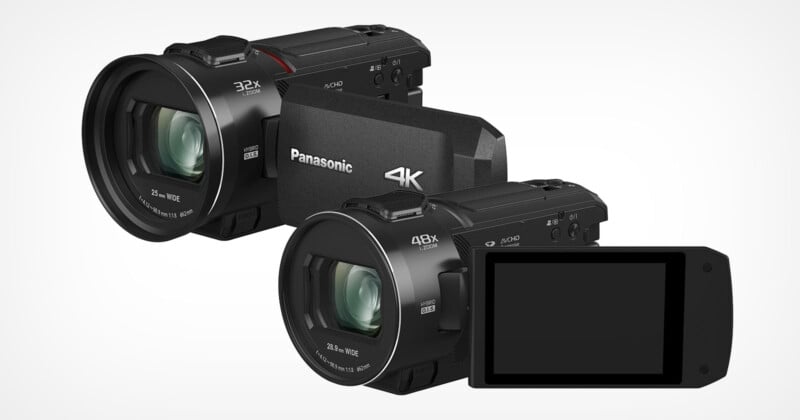![]()
Not long ago, camcorders ruled as the go-to device for capturing life’s moments. Now, they’re relics. Smartphones have stomped out almost every practical use for camcorders, replacing them with better features and internet connectivity. Yet, some manufacturers cling to the past, hoping to squeeze a few bucks from a dying market.
Enter Panasonic’s latest: the HC-VX3 and HC-V900, the company’s first update in six years. I tested the HC-VX3 early at Videomaker and it’s unimpressive. This camcorder feels like a relic: built from plastic and geared for full automatic control. Panasonic aimed for “plug and play” but here’s the truth: everything this camera does, a smartphone does better.
The HC-VX3 records in 4K and captures decent image quality. That’s it.
It does what it says on the box, but nothing more. And who needs this? Let’s face it: if you own a smartphone made in the last five years, you already have a superior camera. Smartphones work faster, offer easier use, and allow for a seamless workflow. You can go from capturing footage to editing and sharing online in minutes. They fit in your pocket and connect to the internet. So why do camcorders still exist?
 Panasonic
PanasonicCamcorders survive because some people prefer familiar tools. For some, navigating smartphone interfaces or dealing with “apps” feels frustrating. For this segment, a simple camcorder under $1,000 seems appealing. But simplicity comes at a cost, especially when the HC-VX3 offers nothing groundbreaking. This camcorder may work fine for those who just want to point and shoot, but that’s all it does.
The only standout feature left is the 24x optical zoom. Smartphones have made strides in zoom functionality, but most can’t match the zoom found in dedicated camcorders. A 20x or 30x zoom can bring distant subjects close with ease. It’s nice, but not much else justifies this device’s existence. Plus, zoom is dead in cinema. You won’t see a long zoom in the next blockbuster.
And let’s talk about the form factor. Camcorders, especially without handles, encourage eye-level shooting. This gives you the same uninspired, static perspective we all know. Shooting at eye level is dull and lacks creativity.
The HC-VX3 and HC-V900 are products stuck in time, appealing to the faint memory of camcorders’ heyday. But with smartphone cameras improving every year, these devices grasp at straws. Basic camcorders are obsolete, and it’s time we accept that. The sooner we do, the sooner manufacturers can focus on the future—not the past.
Image credits: Elements of header photo licensed via Depositphotos.


:quality(85):upscale()/2024/11/05/936/n/1922153/cc2bbd68672a8e1588a964.53876938_.webp)



 English (US) ·
English (US) ·